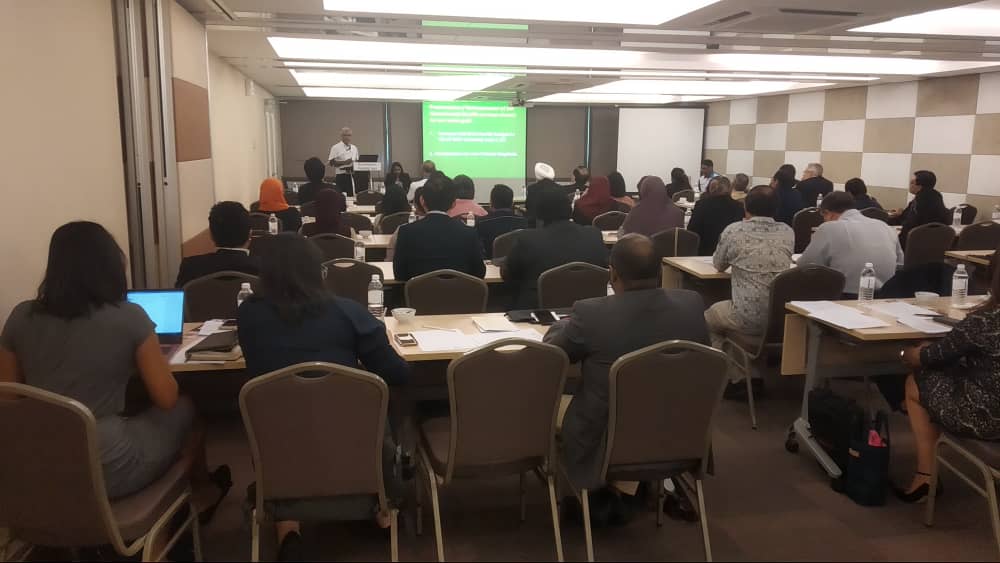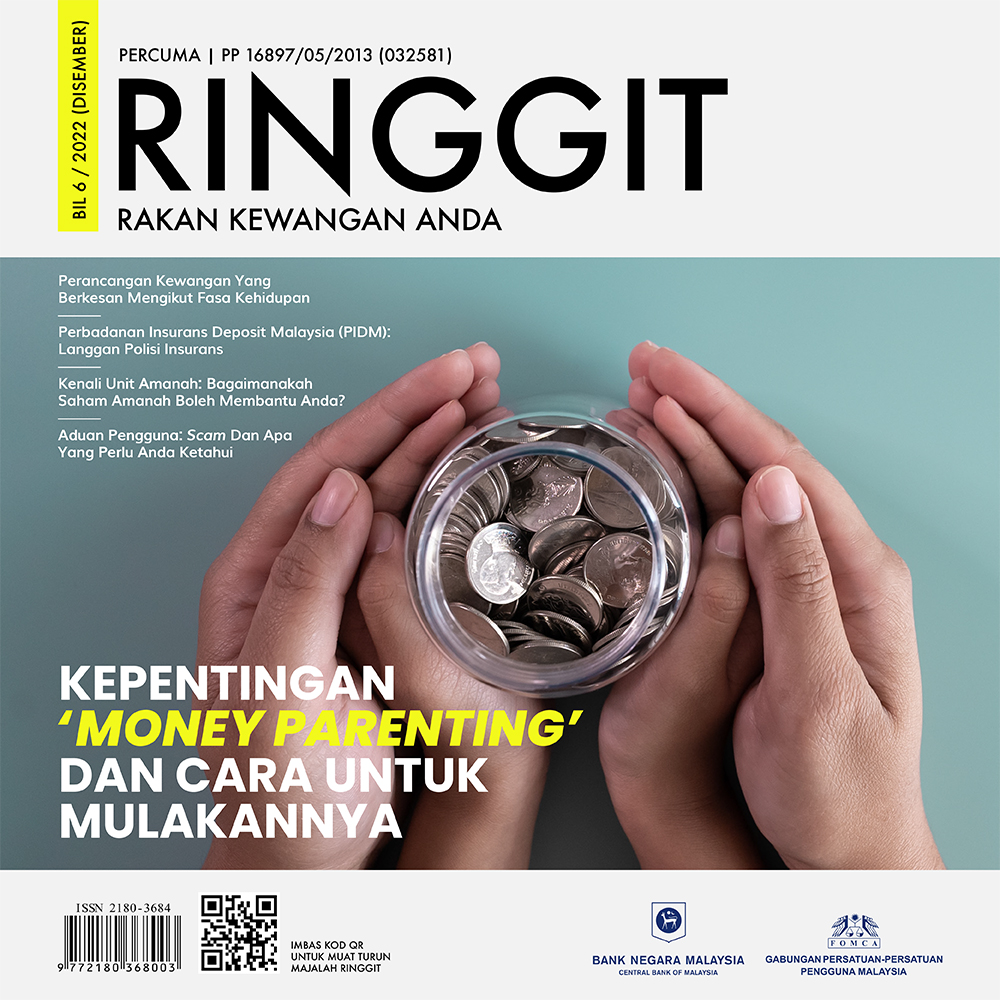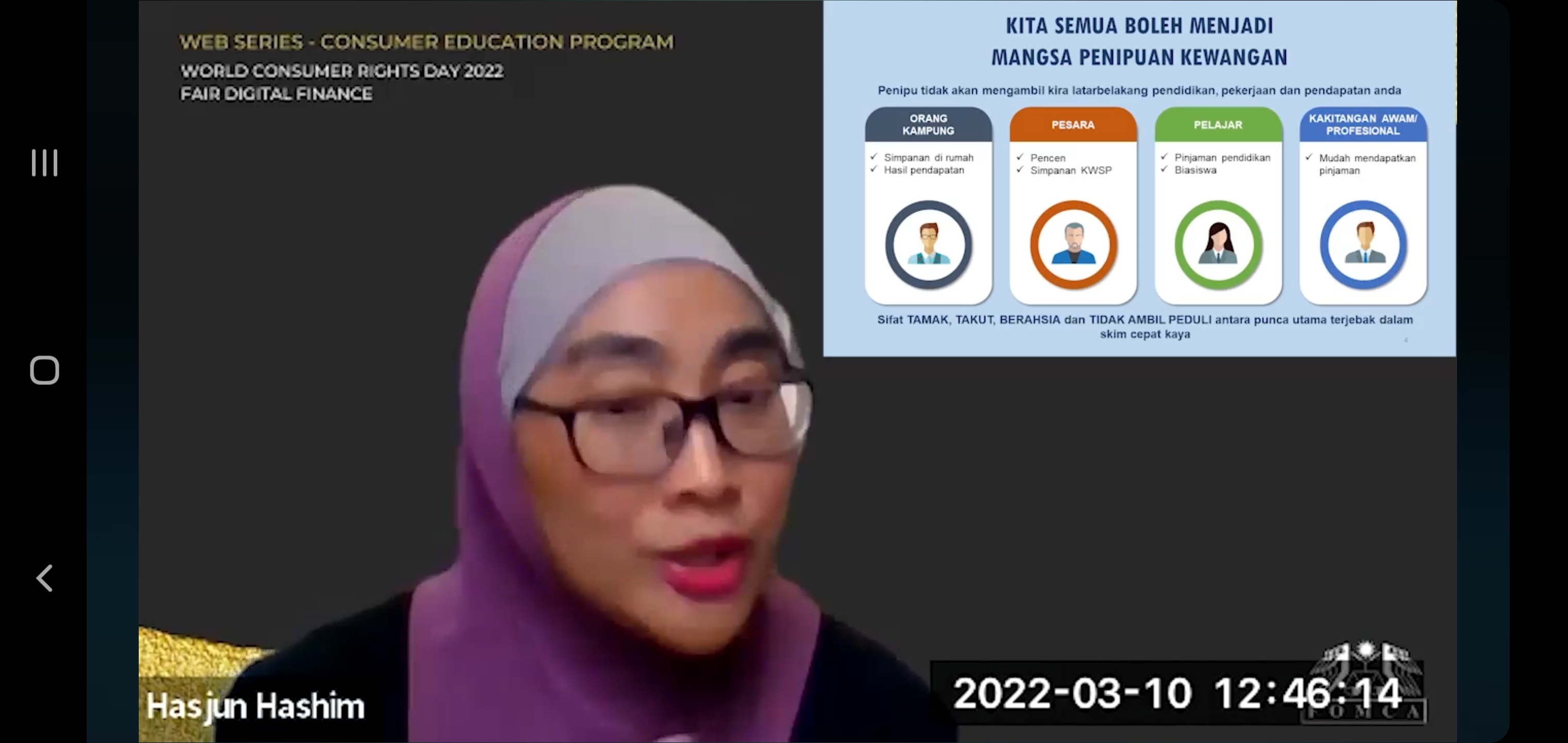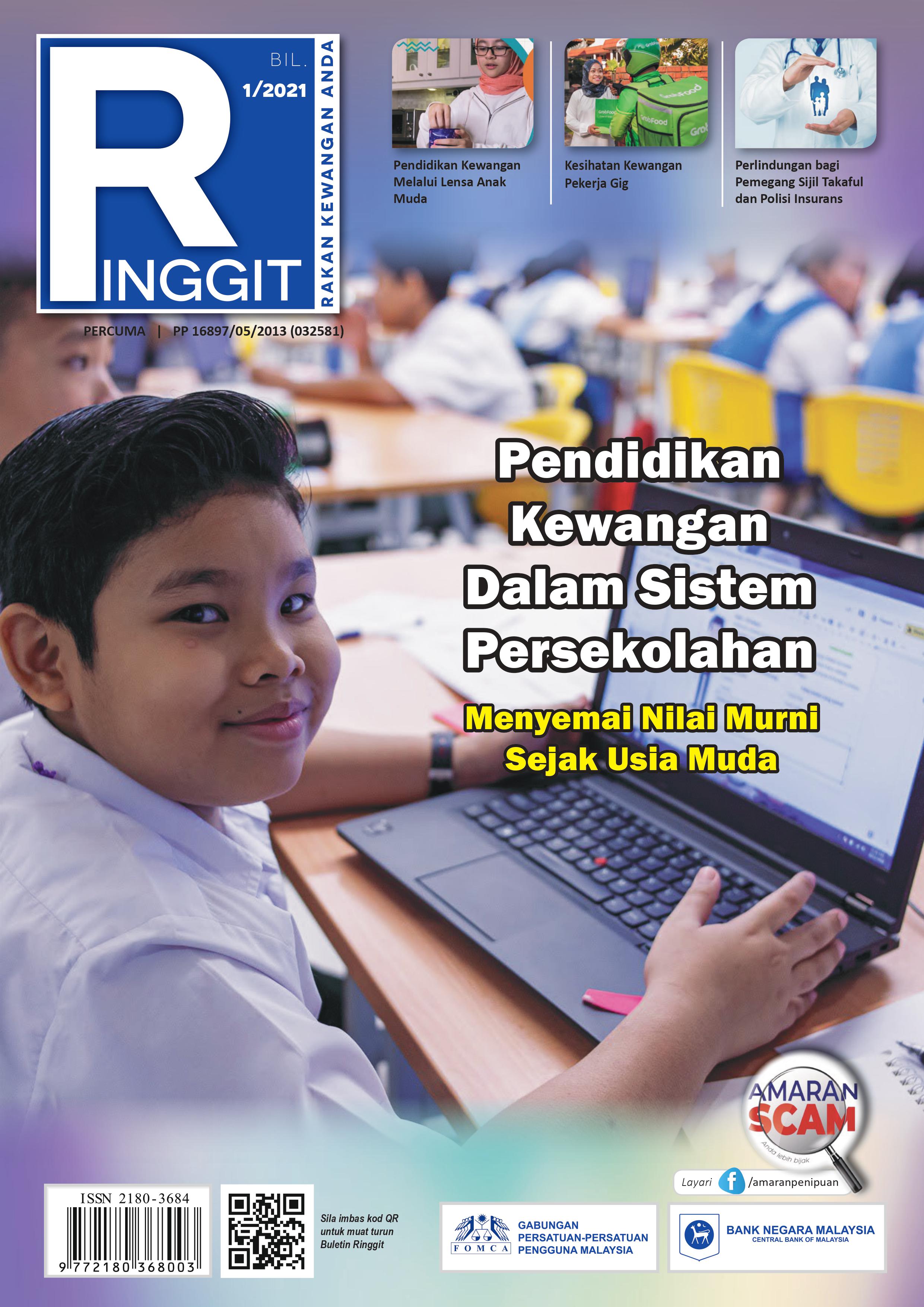FOMCA is committed to universal health coverage that is a health care system that provides health care and financial protection for all residents in Malaysia. While in the early years of Malaysian independence we focused on a welfarist ideology, that is tax based government healthcare for all, in the 1980s there was a change of ideology. A more so-called more liberal ideology began to take hold in the healthcare system, seeking for a market-based approach to healthcare. Thus there was tremendous growth of investment of private capital through private hospitals, privatisation of services in government hospitals, corporatisation of public hospitals and establishment of a private wing in government hospitals. Private hospital beds increased more than 10 fold during this period. The result was a two-tiered healthcare system – public healthcare and a private healthcare system; which has never really been integrated into a national healthcare system. While the public system continues to be funded by tax, the private system is often paid through private or employers insurance or out of pocket expenses.
Government investment in health continues to be low. In 2019, the allocation for healthcare is only about 2% of GDP, despite the recommendations of 4 -5 % by the World Health Organisation. Due to underinvestment, public hospitals are often under-resourced resulting in patients being turned away because no beds are available, long waits for treatment or to see the specialists, and sometimes unavailability of medicines. It has been reported that especially in the Klang Valley there are a shortage of 16,000 hospital beds.
Further there has been a brain drain of specialists form the public to the private sector. 45% of doctors in the public sector cater for 65% of the population while 55% of doctors in the private sector cater for 25% of the population.
In the private sector, patients generally pay through their or employer’s health insurance or through out of pocket payments (OOP). Premiums have been rising steadily and it has been reported that premiums by several insurance companies have gone up by up to 30% since 2016.
Out of pocket payments rose from RM 2.93 billion in 1997 to RM 17.44 billion in 2013 – an average of rise of nearly 29% per year. Further, the uptake of medical insurance in Malaysia is still low. An ASEAN study found that the proportion of previously solvent patients who experienced economic hardship following a cancer diagnosis was highest in Malaysia (45%) and Indonesia (42%) and lowest in Thailand. Many patients who faced catastrophic diseases and thus catastrophic expenses used the savings that was for other purposes or borrowed from friends and family to pay medical expenses.
Consumers who for some reason cannot meet their financial obligations often turn to the Credit Counselling and Debt Management Agency for assistance. In 2013, one of the main reasons for people seeking AKPK’s help was for inability to pay medical expenses.
The Government has introduced two resent schemes – the MySalam and the PekaB40 Schemes. While thus may some extent give relief to the B40 group, it is still a long way to address the issues in the healthcare system.
The government needs to invest more in healthcare. Through better investment, more patients can have access to quality health services. Further, there needs to be an innovative approach to integrate private and public healthcare so that the healthcare industry can benefit all Malaysians. This would be a major step towards universal health coverage - a health care system that provides health care and financial protection for all residents in Malaysia.
VIP: Dr Nordin bin Saleh, Director of Planning Ministry of Health
Best western Petaling Jaya
FOMCA
23 April 2019









